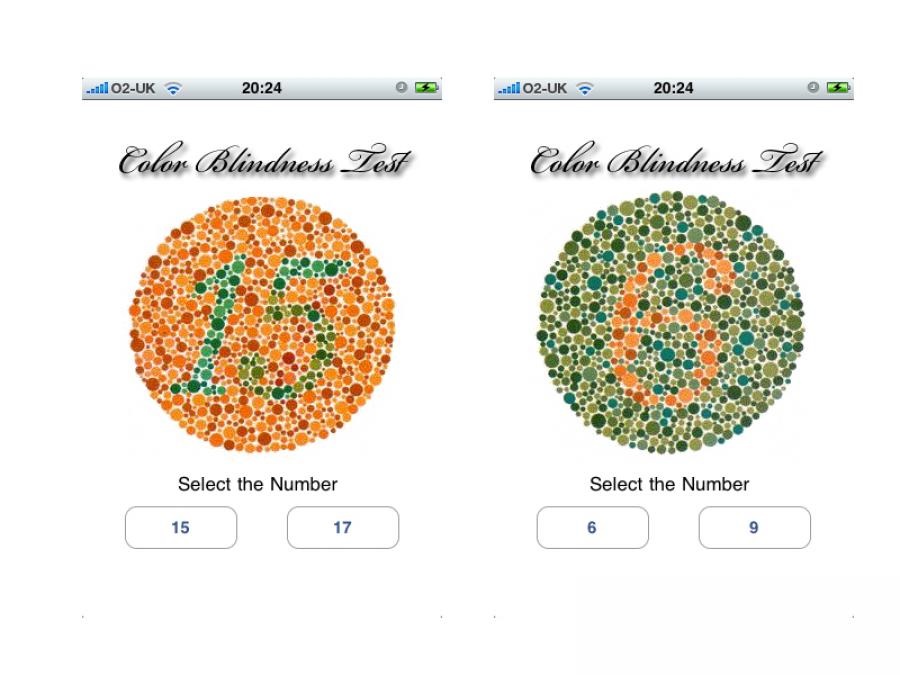While you have more than likely heard of people being color blind, do you know what it actually means? The term can be slightly misleading. Just because someone is color blind does not mean that they only see the world in black and white. In fact, the vast majority of color blind individuals can see color. Color blindness means that they are unable to fully see certain colors, or they have difficulty seeing the difference between certain colors.
Some people are color blind and may not even know it. Following are some helpful pieces of information to help you tell if you are color blind.
What are the different types of color blindness?
There are three main categories of color blindness:
- Red-green color blindness
- Blue-yellow color blindness
- Complete color blindness
An individual who suffers from red-green color blindness has difficulty distinguishing between different shades of red and green. This is the most commonly seen type of color blindness, and it impacts six percent of males.
Someone who suffers from blue-yellow color blindness will confuse different shades of blue with green, and their vision may also confuse some shades of yellow with violet. This type of color blindness is far less common than red-green color blindness.
Complete color blindness is extremely rare, but it can happen. These individuals are unable to see any color at all.
How will I know if I am color blind?
In many cases, it can be years before an individual realizes that he or she is color blind. You may not know that your vision is not processing colors fully if that is all you are used to seeing. Questions may initially arise if outside observers start to point out some discrepancies. Maybe someone points out that your outfit is mismatched. Or maybe someone describes something that they are seeing, and you realize that you are not seeing the same thing. An optometrist can also diagnose you with color blindness.
Is there anything I can do about being color blind?
The bad news is that there are certain careers that are prohibited for color blind individuals. This includes professions in the military, electrical wiring, firefighting, and law enforcement. The good news is that there are now glasses and contact lenses available to correct color blindness.









